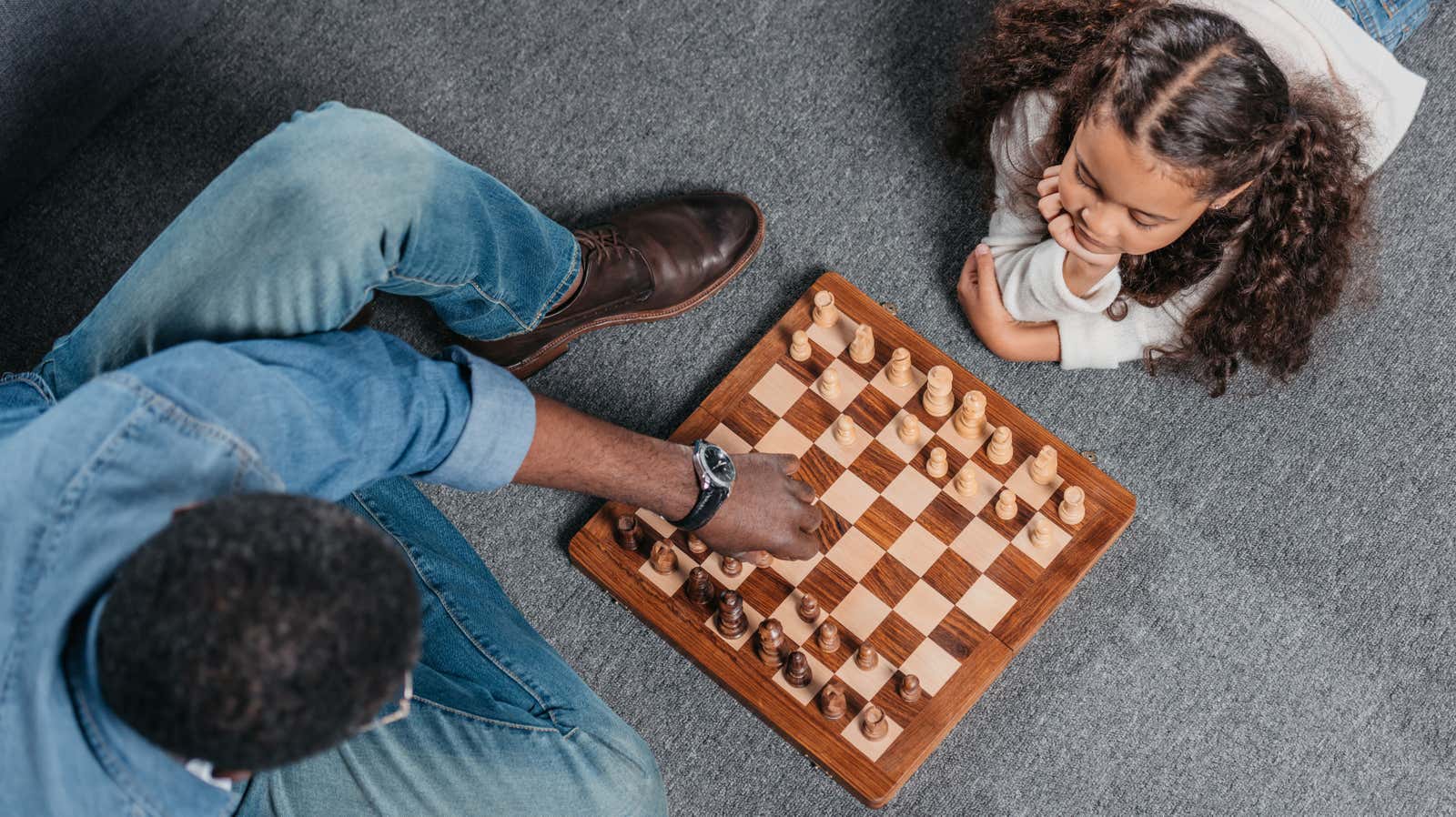How to Teach a Child to Play Chess

I was just one episode in Queen’s Gambit , which meant that I was six episodes behind the rest of the world, but even one episode was enough to convincingly prove that chess is actually cool. It is a game of skill, strategy and perseverance. And we must teach this to our children.
Start when they are young
Chess is not just for adults and schoolchildren. Young children with their sponge-like brains are accustomed to learning this – and it can help them hone critical thinking and problem-solving skills. All children are different, so there is no exact age at which they can start learning, but they are probably ready sooner than you think, as Beth Winehouse writes for Parents.com :
Not all experts agree on the optimal age to start teaching children to play chess. Some people just say the sooner the better. “I believe the younger the child, the stronger the influence,” says Dr. Ferguson of the American School of Chess, who taught the game to kindergarteners. “These kids have brains like a sponge.”
While some children will be ready to learn the game by age 4, chess teachers agree that second grade, that is, age 7 or 8, is the perfect time to start. “I have had mixed results in teaching kindergarten and first graders, but they are all ready for second grade,” says Tom Brownscombe, school director of the US Chess Federation.
My own son began asking him to learn how to play chess at about seven or eight years old, which was optimal for Brownscombe. But since I myself did not know how to play, I avoided the request for some time. In the end, I decided that the only thing I needed to do was try to learn how to play along with him. Along the way, I learned a few tips.
Spend a lot of time on the basics
When I started looking for help learning chess, I came across No Stress Chess , a beginner’s version of the game that is designed for kids ages seven and up and is the perfect way to get started if you are also learning to play. The beauty of this set is that it puts all strategy on the shelf while you learn the basic moves. It comes with a deck of cards, each containing a picture of a chess piece and a visual reminder of how that piece can move.
Each turn, the player draws a card and moves the piece shown on the card. This creates some pretty weird matches at first because you have very little control over the development of the game, but it helps to reinforce how each piece can move around the board. Once you have done this, you can move on to the next “level” in which each player receives three cards. This means a little strategy is needed, but it won’t be overwhelming. As soon as three cards start to seem too limited, you move on to the next level, where each player receives five cards, which gives you even more options. And finally, you are playing real real chess.
(By this point, my son had mastered the movements of each part. My older brain obviously needed more reinforcement, so I kept one card of each part face up as a visual reminder for a little more.)
If you already have a chessboard and don’t want to jump into the beginner’s set, try playing with only pawns first. Let them get used to pawns and captures. Then add knights, bishops, rooks, king and, finally, queen in turn. Take your time and give enough practice with each type of work before adding the next so as not to overwhelm them.
Be sure to emphasize the basic key elements of the game as you play, including the importance of protecting your king at all costs and that the queen is the most powerful piece in the game. Once they get the basics down, you can start teaching them different strategies. If you are not yet familiar with some of the strategies,the Kids Academy YouTube channel is your friend:
Play regularly and have fun
As a beginner myself, I can say that perhaps the most important thing for a beginner is to play regularly. If possible, play a game or two together every day for a couple of weeks, and then set up a regular “chess date” every week. Repetition will help solidify the rules of the game and, over time, improve their strategic thinking.
If they want to practice on their own or more often, you can also sign up for a free membership to ChessKid.com where they can play live against other kids (or a bot) and access puzzles and other beginner content.
But above all, make sure they have fun . If they don’t want to play, don’t force them.